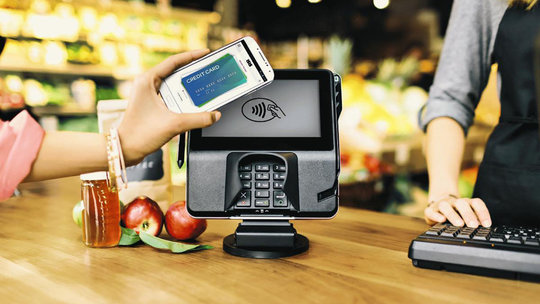Apple said in January that 2015 would be “the year of Apple Pay.” A recent Reuters report suggests otherwise, however. According to an interview with retailers, as the payment system is approaching the end of its first year, many don’t see the demand for the platform.
Apple’s contactless payment system has gained some traction with financial institutions and merchants, although according to the recent survey the percentage of acceptance is small. Reuters surveyed 98% of retailers from the National Retail Federation’s list of the top 100 U.S retailers. Less than a quarter accept Apple Pay, while nearly two thirds said they would not be using the service this year.
The biggest reason cited by merchants was "insufficient customer demand." Customers are not using the product, they said. Another concern with Apple was that it wasn’t granting merchants access to customer data.
Twenty-eight total retailers confirmed that because there is no available customer research, they won't accept Apple Pay. According to one anonymous business surveyed, Apple has been pushing its mobile payment service, even when companies tell Apple they have no plans to accept their form of payment. The business stated:
“They have been pushing hard and it’s been that way for months. They have called and tried to persuade us even after we communicated our decision to them.”
Some retailers said they were content with the service, and that customers who did use Apple Pay said they were happy about its acceptance by the store. Whole Foods confirmed that its shoppers were pleased with the “speed, convenience, and security” of the platform. The company showed that 2% of its sales in March were accounted for by Apple Pay.
The retail giant Walmart conflicted with Apple's system in the past and repeated its previous opinion. A senior executive for the company said that Walmart's issue with Apple Pay is the lack of data control. Most credit card company data is far more accessible than Apples. Walmart is a supporter of CurrenC, however, which they say provides more sufficient data.
Apple continues to advertise the service as the top payment processor of the future, and they cite increasing retail acceptance so far at over 700,000 locations. Apple told the IOS online publication Imore:
“There's tremendous momentum from not only large retailers but also Main street merchants, with payment service providers telling us they're seeing unprecedented demand from small and medium businesses nationwide."
The California tech giant has gained quite the slice of profit from its merchant and bank acceptance. Hundreds of institutions jumped on Apple Pay early, scared they might lose the fresh market. Banks and credit card companies agreed to pay Apple 0.15% per credit card transaction. For debit cards, Apple collects 0.5%. Despite Apple’s profits, many retailers are not willing to use Apple’s service due to reports of customer demand being low. The year 2015 may not belong to Apple Pay, after all.


